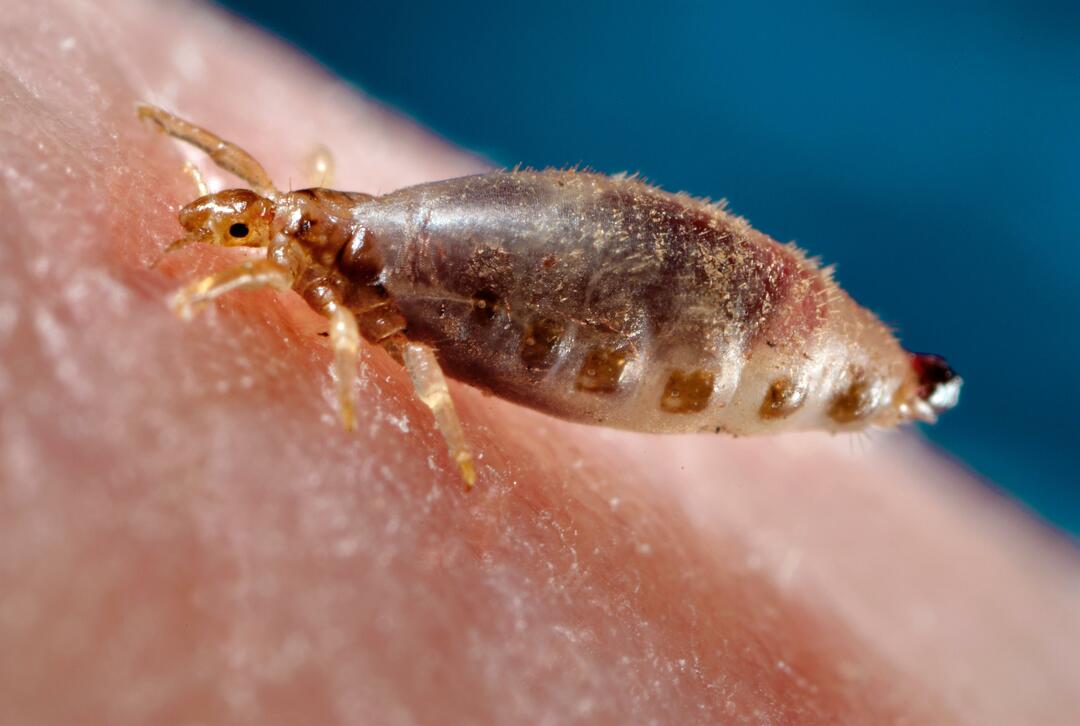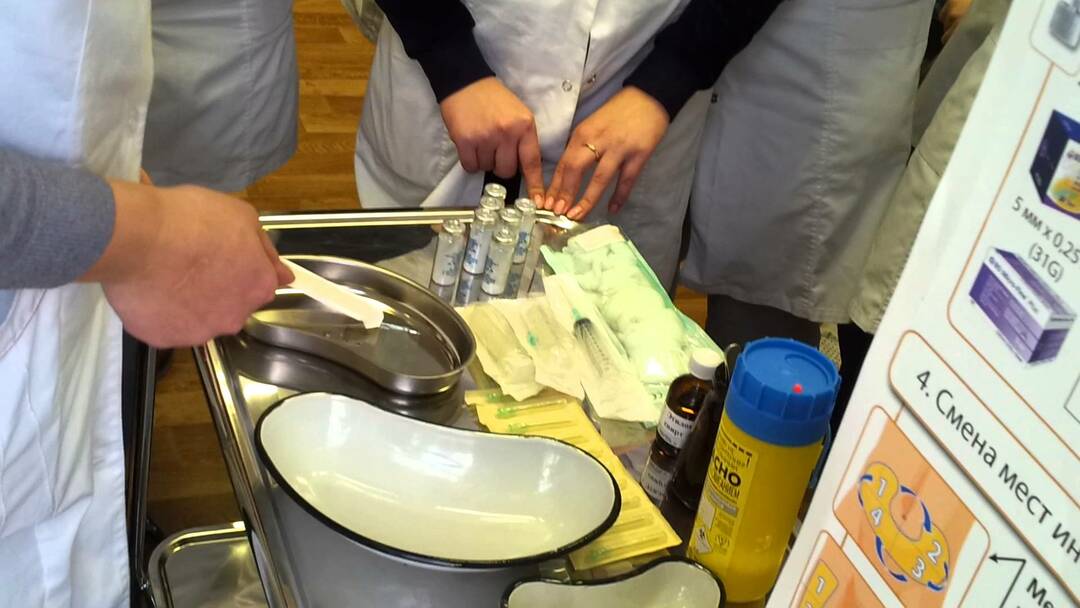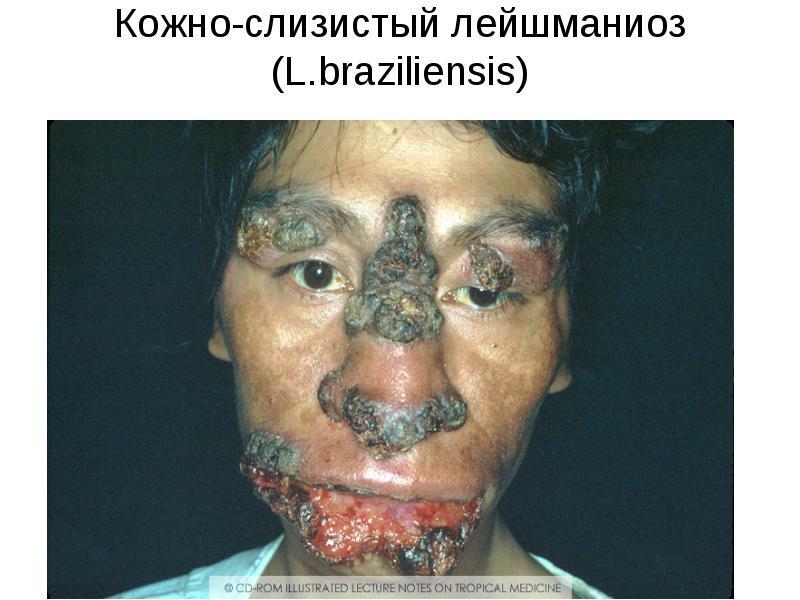Echinococcosis: symptoms, treatment, surgery, prevention
E  Hinococcosis is a parasitic disease caused by ribbon worms of the genus Echinococcus, characterized by the formation of cysts in different organs.The disease is widespread.In Russia, echinococcosis is mainly found in the southern regions of the state, the Volga region, and Siberia.
Hinococcosis is a parasitic disease caused by ribbon worms of the genus Echinococcus, characterized by the formation of cysts in different organs.The disease is widespread.In Russia, echinococcosis is mainly found in the southern regions of the state, the Volga region, and Siberia.
Pathways of infection
Distinguish between echinococcosis single-chamber( hydatious) and multicameral( alveolar).Gidatiosny echinococcosis is caused by the ribbon worm Echinococcus granulosus, and the alveolar - Echinococcus multilocularis.Both doctors treat these diseases in the framework of echinococcosis, because they are similar.
Echinococcus passes its own life cycle.In the organism of infected animals( dogs, foxes, wolves, jackals), the sexually mature echinococcus is located in the intestine.An adult helminth specimen produces eggs that are excreted into the environment with feces.
A person becomes infected by eating vegetables, berries, eggs contaminated with echinococcus.In addition, the eggs of the parasite can remain on the dog's fur, on the tongue.
And if a person pats an infected dog, does not wash his hands after that, or kisses her( as many masters do), the swallowing of helminth eggs can not be avoided.So a person falls ill with echinococcosis. 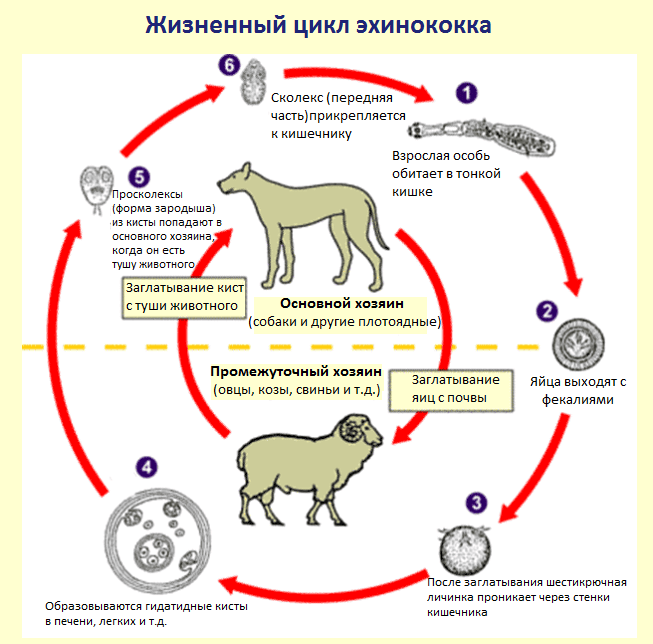
After ingestion of echinococcus eggs, they enter the intestine.Here, eggs already emerge from the larvae, which actively "drill" the intestinal wall and penetrate the blood vessels.With blood flow, echinococcus enters the internal organs, where it forms cysts with fluid that can reach twenty centimeters in diameter.In the cysts is a set of scolexes( heads of the parasite).
The first barrier to the progress of echinococcus is the liver.In most cases, echinococcus is "stuck" in the liver, forming cysts in its tissues.If the helminth manages to pass this barrier, it enters the lungs.In rare cases, the "journey" of echinococcus continues, and then from the lungs it is carried in the blood into the brain, kidneys, heart, bones.
Can a person get infected with an echinococcosis from an infected person?No, he can not.Therefore, avoid any contact with the infected person is not worth it.
Symptoms of hydatidosis echinococcosis
Echinococcosis may be asymptomatic for years.Only toxic-allergic symptoms are noted: weakness, fatigue, skin itching, rashes, periodic temperature rises. The emergence of these phenomena is associated with the toxic effects produced by echinococcus products of vital activity.Unfortunately, these nonspecific signs can not be diagnosed with echinococcosis. Clinically significant symptoms will arise already when the cyst grows and thereby disrupts the internal organs.
Echinococcosis of liver
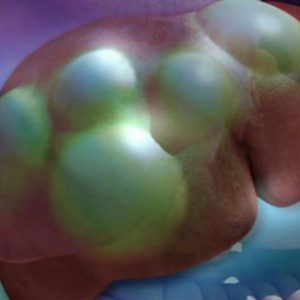 More than 50% of reported cases of echinococcosis have liver damage , and often the cyst is localized in the right lobe of the organ.Patients lose appetite, lose weight, complain of a decrease in working capacity, severe weakness, high fever.Then there are aching pains in the abdomen, a feeling of heaviness in the right hypochondrium, vomiting, upset of the stool.
More than 50% of reported cases of echinococcosis have liver damage , and often the cyst is localized in the right lobe of the organ.Patients lose appetite, lose weight, complain of a decrease in working capacity, severe weakness, high fever.Then there are aching pains in the abdomen, a feeling of heaviness in the right hypochondrium, vomiting, upset of the stool.
Features of the clinical picture of the disease depend on where the echinococcus bubble is located.So, if the cyst compresses the bile ducts, jaundice arises.When squeezing the cyst of the inferior vena cava develops portal hypertension, manifested by the expansion of veins on the abdomen, ascites( enlarged abdomen).
The liver damaged by echinococcus is enlarged, dense to the touch and painless.When the cyst is formed on the front surface of the liver, the doctor can even feel it through the skin.
It is worth to be afraid of complications of liver echinococcosis:
- Suppuration of an echinococcal bladder with the formation of a liver abscess and its further opening into the abdominal cavity;
- Rupture of an unburned bladder with the development of allergy( up to anaphylaxis) and dissemination of echinococcus.
Echinococcosis of lungs
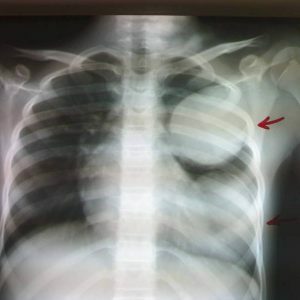 More than 20% of all reported cases of echinococcosis are affected by lungs. Clinical picture of the disease can be divided into two stages.The first is the stage of the non-stunted echinococcal cyst .At this stage, the diseased complain of pain in the chest, first periodic, and then permanent.Also there are shortness of breath, cough at first dry, and then - wet with the separation of mucopurulent sputum, hemoptysis.All these symptoms are caused by compression of a growing cyst of lung tissue, bronchi, vessels.The bubble can fester.In this case, an abscess of the lung is formed.
More than 20% of all reported cases of echinococcosis are affected by lungs. Clinical picture of the disease can be divided into two stages.The first is the stage of the non-stunted echinococcal cyst .At this stage, the diseased complain of pain in the chest, first periodic, and then permanent.Also there are shortness of breath, cough at first dry, and then - wet with the separation of mucopurulent sputum, hemoptysis.All these symptoms are caused by compression of a growing cyst of lung tissue, bronchi, vessels.The bubble can fester.In this case, an abscess of the lung is formed.
The second stage is the period of the opening cyst. With the breakthrough of the cyst in the bronchi, there is a strong cough, choking, cyanosis of the skin.In sputum, it is sometimes possible to detect impurities of blood, scraps of the cyst shell in the form of films.These symptoms persist for several days and are burdened by severe allergies.With the breakthrough of cystic education in the pleural cavity, there is a severe pain in the chest, a marked rise in body temperature, chills.If a viable cyst is broken with echinococcus scores, then parasites spread around with the development of secondary echinococcosis.Clinically, secondary echinococcosis occurs after a couple of years.
Echinococcosis of other organs
Echinococcal cysts can form in the brain, heart, kidneys, spleen, bones, muscles .About the echinococcal cyst of the brain can be suspected by such signs as headaches, dizziness, vomiting, convulsive attacks, limb paresis, mental disorders.
In case of echinococcosis, the kidneys of the patient are disturbed by high fever, aching pains in the lower back, and sometimes renal colic.Echinococcosis of the heart is accompanied by pain in the chest, a violation of the heart rhythm.The compression of the coronary vessels with cysts can lead to myocardial infarction.With the rupture of the cyst, embolism of the pulmonary arteries, accompanied by pain in the chest, coughing, hemoptysis, is possible.
Echinococcosis of bones is recorded very rarely.Symptoms of this pathological condition are bone fractures in the site of helminth implantation.
Symptoms of alveolar echinococcosis
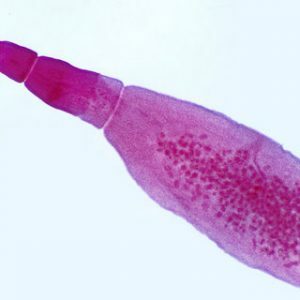 In alveolar echinococcosis, a multi-compartment cyst is formed.In fact, it is a conglomeration of small bubbles.The size of the cyst can be from one to thirty centimeters in diameter.Most often, with alveococcosis, the liver is affected.
In alveolar echinococcosis, a multi-compartment cyst is formed.In fact, it is a conglomeration of small bubbles.The size of the cyst can be from one to thirty centimeters in diameter.Most often, with alveococcosis, the liver is affected.
Alveococcus bubbles grow rapidly and are introduced into neighboring organs( diaphragm, kidney, pancreas, pericardium).This feature alveococcosis resembles the indomitable growth of a malignant tumor. In this case, the clinical picture of alveococcosis is similar to that of hydatid echinococcosis.
The first signs of ailment can be considered nojushchuju a pain in right to a side, a nausea, disturbance of a chair.The patient's condition gradually worsens, weakness, loss of appetite, weight loss, jaundice.When the cyst disintegrates, pain in the right upper quadrant increases, the temperature rises, and weakness grows.Alveococcosis can metastasize with the formation of new cysts in other organs.
Diagnosis
The clinical picture for echinococcosis is nonspecific, the same symptoms can be noted in a variety of diseases. To determine the exact diagnosis a patient needs to undergo research:
-
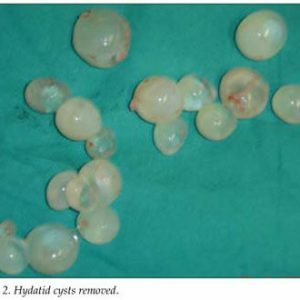 Clinical blood test - the increase in eosinophils is determined, as well as the acceleration of ESR;
Clinical blood test - the increase in eosinophils is determined, as well as the acceleration of ESR; - Biochemical analysis of blood - a violation of the ratio of blood proteins, a decrease in albumin and prothrombin, an increase in gamma globulins;
- Bacteriologic examination of urine, sputum - fragments of echinococcus are detected;
- The Casoni trial is a diagnostic allergy test, a positive reaction to which indicates infection with echinococcosis;
- Immunological methods of investigation( RNGA, RFA, ELISA) - the antigens of echinococcus and antibodies to it are determined;
- Instrumental methods( ultrasound, CT, MRI, radiography) - the rounded formations( cysts) in the tissue of the affected organ are defined.
Treatment of echinococcosis, operation
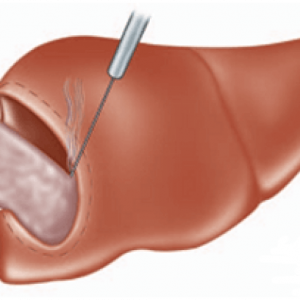 The prognosis for echinococcosis is always serious.The existing cyst does not resolve with time, but on the contrary it can fester and rupture.Therefore, when you identify a disease, you can not hesitate, you need to start treatment.
The prognosis for echinococcosis is always serious.The existing cyst does not resolve with time, but on the contrary it can fester and rupture.Therefore, when you identify a disease, you can not hesitate, you need to start treatment.
The main method of treatment is surgical .If the cyst is on the surface of the organ, the surgeon during the operation completely removes the cyst with a sheath and adjacent tissues.When the cyst is located deep in the organ, the surgeon opens the cyst, removes liquid from it and treats the cavity with a disinfectant solution.Sometimes a surgeon has to remove a part of the organ.With liver echinococcosis, given the location of the cyst, its size, the surgeon can perform an operation by dissection of the abdominal cavity( laparotomy) or by a minimally invasive transdermal method( laparoscopy).
Before or after the operation, an anthelminthic agent may be prescribed to the patient - Albendazole.The doctor determines the dosage and duration of the medicine taking into account the peculiarities of the disease course.
Prevention
Preventive measures to prevent echinococcosis are fairly simple.It is necessary to observe personal hygiene: wash vegetables and berries, hands before meals, do not drink water from open water bodies, do not contact with street dogs.In particular, it is very important to explain the need for hygiene to children.If a person lives at home with a dog, then the animal regularly needs to be treated with deworming.
Grigorova Valeria, medical reviewer

